Eco friendly travel has never been more important for our children, for our environment, and for our future!
The Importance of Eco Friendly Travel and 12 Tips to Be a More Sustainable Traveler
Sustainable travel…it’s so hot right now! Not only is it trendy to travel and live more sustainably, it’s also vital to the future of our children and the future of our planet!
I recently spent the past week at the Study Abroad Summit where we discussed the benefits of study abroad, but we also talked about the state of travel, its impact on cultures and the environment, and the importance of sustainable travel.
As travelers who value sustainability, our goal is to leave the places we visit better than we found them. The “leave no trace” principle is one way to embrace our green values on vacation, but there’s more to it than picking up after yourself.
Disclaimer that I am FAR from a perfect responsible traveler and definitely far from a perfect responsible citizen of Earth, but I am trying to be better every day and continue to learn from my mistakes and from others around me who know better.

The UN declared 2017 the “Year of Sustainable Tourism” in an effort to draw attention to the fact that many tourist destinations were not, in fact, environmentally sustainable. One of the goals of this initiative was to encourage travelers to make a positive impact on the environment, society and local economies.
A study conducted by the University of Sydney found that global tourism accounts for 8 percent of carbon emissions, with the U.S. ranking the highest, followed by China, Germany, and India. The global industry is worth over $7 trillion.
I’m not telling you to stop traveling. I personally believe that the benefits that travel can have (if done properly) can outweigh the damage it does. The ability to expand knowledge and open minds directly results in travelers becoming more likely to advocate for the environment and cultures outside their own.
So how can you travel the world sustainably? We have a few ideas.
1. Choose a Sustainable Destination
Not all places are created equal — is your destination sustainable?
If you need some ideas about which destinations are sustainable, I’ve compiled this great list of alternatives to places suffering from overtourism.
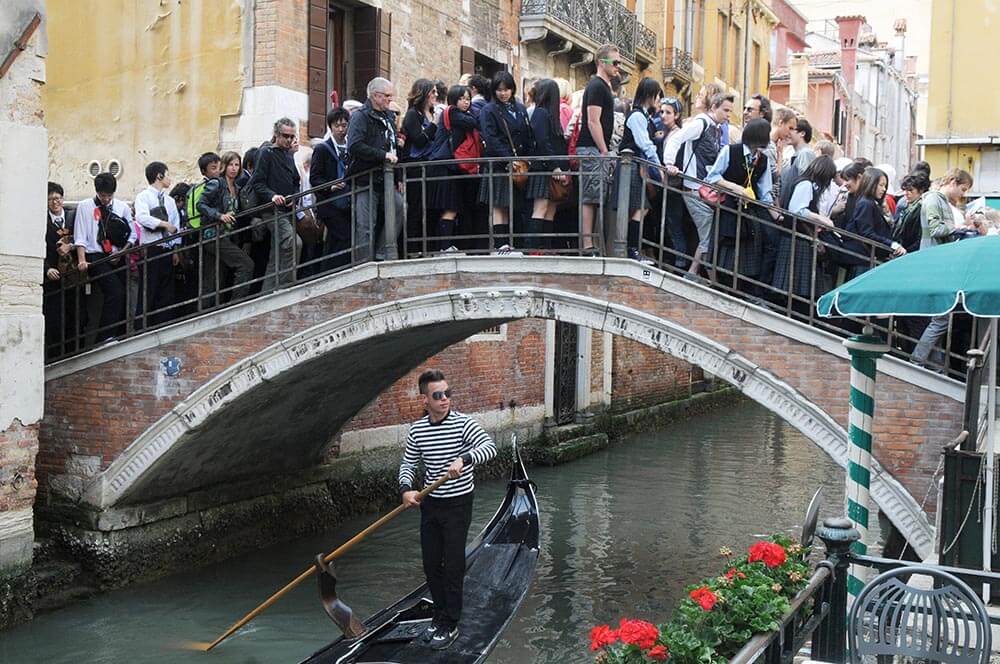
Traveling to a conservation-minded destination is one of the greatest things a traveler can do, according to World Wildlife Fund’s vice president of travel, tourism, and conservation Jim Sano.
There is such a thing as overtourism, according to an article in National Geographic, and places like Amsterdam, Venice, and Barcelona are prime examples. These places have not historically been conservation-minded, but are instead focused on getting as many people as possible to visit and contribute to the local economy.
While that seems like a good thing, overtourism disrupts the local communities’ way of life. It also increases the cost of living, pushing out residents who can no longer afford to live there. Mass travel, according to National Geographic, poses real threats to natural and cultural treasures.
Cruise lines are major offenders when it comes to this mindset, dumping out thousands of people at a time onto islands and other communities. Aside from the fact that cruises are bad for the environment and contribute to a lot of food waste, their labor practices also leave a lot of room for improvement.
Barcelona is one of the world’s busiest cruise ports, and officials there are making changes to the laws surrounding mass tourism. Port cities in other areas of the world are restricting the number of ships that can dock.
And it’s not just cruise destinations. Amsterdam is working on tourist redistribution techniques, and countries in Asia are closing entire islands. Even Reykjavik, Iceland, has banned permits for new hotel construction downtown.
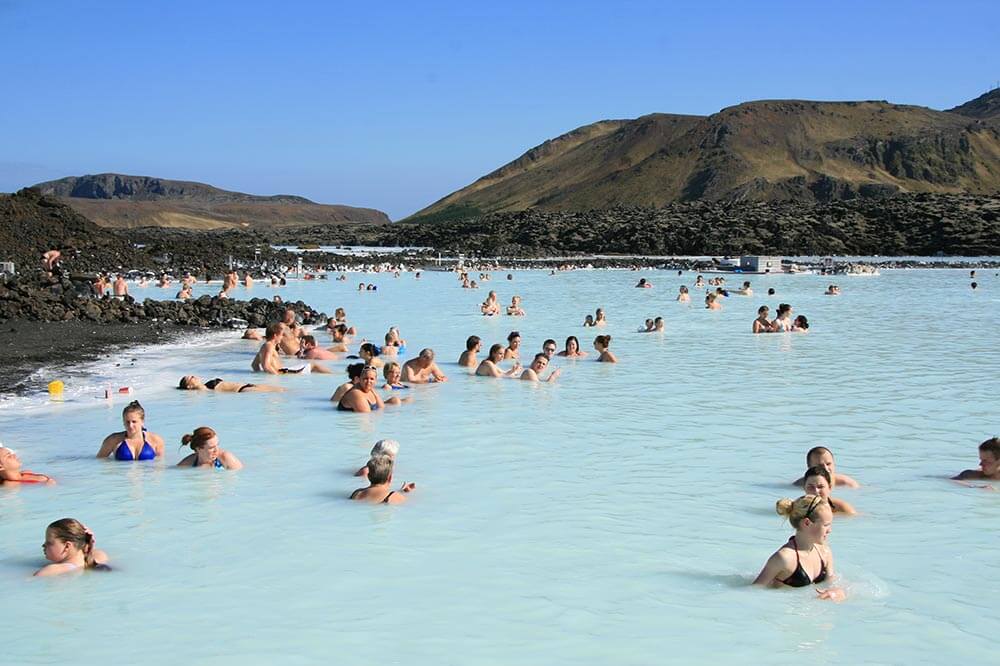
Venice also just disallowed cruise ships from docking as of next year.
So, with that in mind, choose a path less traveled. Look for areas that aren’t as frequently visited by tourists and contribute to economies that don’t benefit from masses of tourists descending on their town.
Visiting places that put effort into being sustainable encourages other towns to do the same.
2. Be Aware of Your Carbon Footprint
Oh, the places you’ll go — but what’s your carbon footprint?
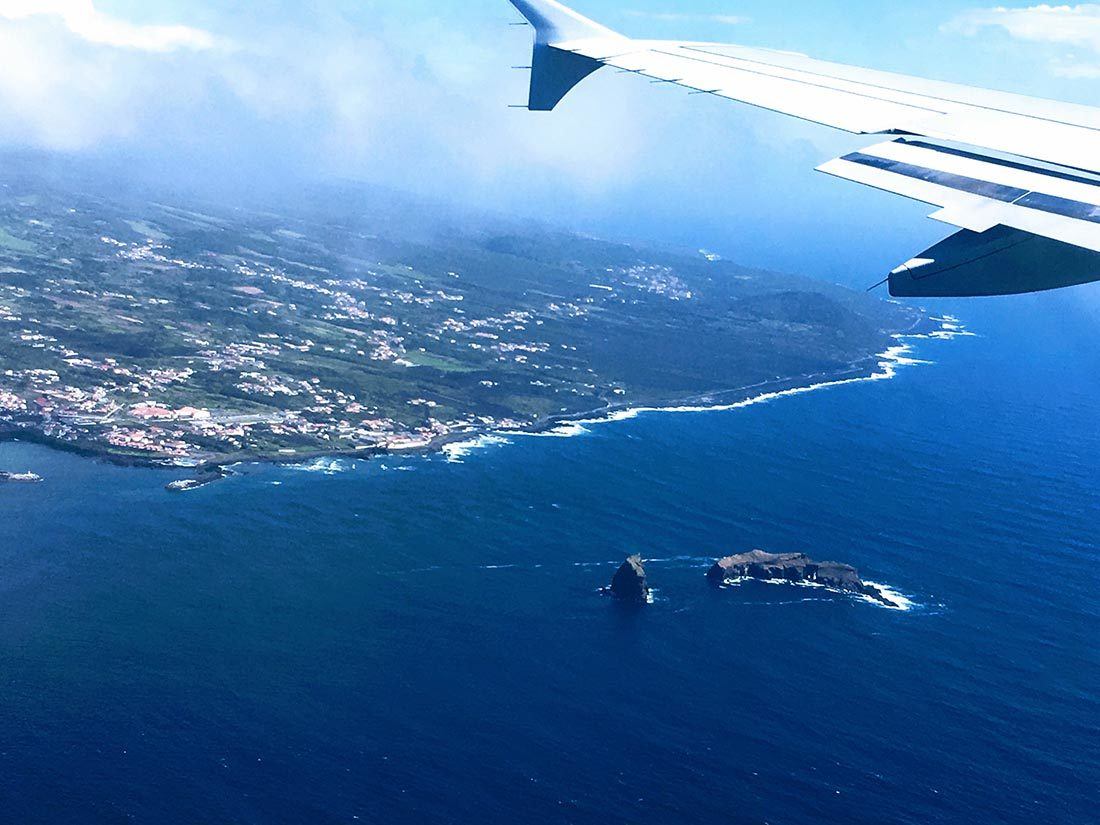
Environmental purists will say that the most sustainable thing a traveler can do is to stay home. That way, there’s no carbon footprint. I’m not suggesting you stay home. As I stated above, I believe the benefits of travel done properly outweigh the damage.
Air travel is often the only way we can reach certain destinations, and flying has a significant impact on air quality. Many airlines, however, are now eco-friendly, including KLM, United, and Qantas, or offset their carbon footprint. The website Atmosfair.de ranks 200 of the largest airlines in the world based on their environmental impact and climate efficiency.
Fly direct when possible to cut down on emissions even further. Take-offs and landings create most of an airplane’s carbon emissions, according to Green Global Travel.
Once you’re in-country, check out high-speed trains. The Eurostar in Europe is an energy-efficient option. Consider slow travel, staying in one place for a longer period of time, rather than traveling from place to place.
Slow travel allows you to absorb the culture in a way that traditional vacationers don’t. Rather than visiting destinations as a checklist, pick a place and stay there. Doing this is cheaper, more environmentally-friendly and creates less stress.
Most people come home from vacation saying they need a vacation from their vacation. A frantic pace while traveling often defeats the purpose of getting away. The slow movement — slow travel, slow food, slow families — creates a chance to connect more deeply to the things that are important.
3. Be Conscious of Where You Stay
Lots of Lodging Options say they’re green — are they greenwashed?

If you’re an eco-conscious traveler, finding a place to stay that’s “green” is appealing. A hotel guest generates around two pounds of waste per day, according to the International Tourism Partnership, so knowing that the environment isn’t worse off for your stay is a good thing!
Because sustainability is becoming more and more important to travelers, most hotels claim that they are environmentally conscious or even “green.” But just because they claim it doesn’t mean it’s true.
A study by Washington State University showed that “greenwashing” is off-putting to customers who value sustainability. Greenwashing means that the hotels say they’re eco-friendly in an effort to draw more customers, but don’t actually do anything to back it up. Encouraging guests to reuse towels, for example, is not enough to really be considered green.
While there are a lot of eco-conscious hotels to choose from, they aren’t the only options. Travelers can stay at hostels, couch surf, use campsites, rent an Airbnb or swap homes.
Airbnbs have their downside, too. Investors have been known to buy up blocks of apartments and rent them out as short-term rentals, elbowing out residents who used to live there. However, there are still plenty of homes or rooms that can be ethically rented.
In some places, like New York City, it’s illegal to rent an entire apartment on Airbnb for less than 30 days. Despite that, it’s one of Airbnb’s hottest markets. Barcelona, Japan, Paris, Berlin and other places all have strict laws regarding the practice, so check the laws before booking your stay.
Wherever you decide to stay, do your homework and check out the reviews of your lodging options before you book them.
4. Do Your Part
It’s All in the Details — Are You Watching Your Own Habits?
No matter where you end up staying, remember to practice the same basic environmentally friendly habits you have at home. Turn the lights off when you leave a room, reuse towels and use reusable containers and bottles instead of disposable products. If there’s an option to use renewable energy, make sure to shift to it instead.
Beyond that, use the “do not disturb” sign on the door to prevent extra vacuuming and changing of linens. If you go on outdoor adventures, remember to stay on the path to avoid disturbing native flora, pick up trash as you go, and don’t feed the wildlife.
And of course, don’t litter, and try to avoid wasting food.
The Food and Agriculture Organization of the United Nations says that a third of the food in the world gets wasted by rotting during transport or being thrown out.
Food makes up nearly 20 percent of the waste in landfills. As it rots, it produces methane, a gas that has 21 times the global warming potential of carbon dioxide. Because of that, the EPA has made it a priority to cut food waste in half by 2030.
If your lodging has a recycling program, use it.
5. Think About Water
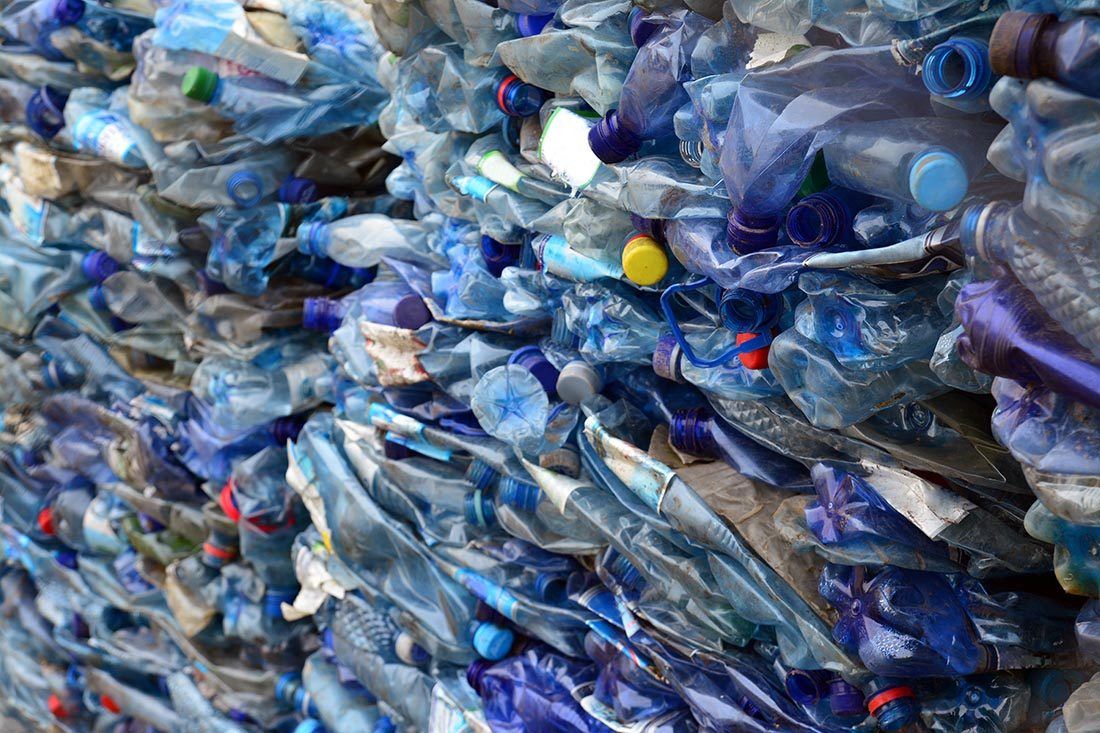
By now, everyone knows that plastic water bottles are the bane of the environment! In case you haven’t heard, they’re killing our Earth, so we need to stop using them! But I know that’s not always easy when traveling.
But here is some motivation for you:
- Plastic bottles take up to 700 years to disintegrate
- 90% of bottled water is the bottle itself
- 80% of plastic bottles never get recycled
- 38 million plastic bottles go to landfill each year in America alone!
- 24,000,000 liters of oil is needed to produce these billions of plastic bottles
- The average American consumes 167 bottles of water per year
- Americans purchase about 50 billion water bottles per year
- Bottling water and shipping transport is the least energy-efficient method of water supply in the history of mankind
- Bottled water is the second most popular beverage in the United States
Phew! And that is JUST water bottles, we are not even talking about other single-use plastics, like shampoo bottles, etc.
Reusable water bottles are great in places where water isn’t scarce, but if you’re traveling to a country where it’s unsafe to drink the water or even an area facing a water crisis, you’ll have to think hard about how you’ll handle not just hydration, but hygiene.
Travel blogger Shivya Nath, who travels frequently to India, suggests requesting filtered water refills from restaurants, or asking for a jug of filtered water for your hotel room and using that to refill your bottle. You can purchase water bottles already fitted with a filter, which then allows you to refill with water from anywhere. You can also purchase portable water filters that use ultraviolet technology to purify water.
Water purifying tablets are also available.
Water conservation is another aspect of this issue. Take a shower — limited to 10 minutes — instead of bathing, and turn the faucets off as you brush your teeth or shave. Filling up a bathtub takes, on average, 30 gallons of water, while a low-flow showerhead uses about 2 gallons a minute.
6. Reduce Single-Use Plastics
Now that I’ve got your attention about water bottles, let’s talk about other single use plastics such as straws, shampoo bottles, plastic utensils, plastic bags, and many many more products we use on a daily basis, probably without even considering the environment.
It’s difficult to reduce the use of these in everyday life and even harder to do while traveling. It seems that almost every hotel has tiny bottles of shampoo that will give my hair one wash.
You can help by trying to staying in green hotels where they have soap dispensers vs. tiny bottles.
You can also help by bringing your own bar shampoo and conditioner, using bamboo toothbrushes, and refusing straws at restaurants.
Bring reusable containers as you travel and bring food back with you to save for lunch the next day. If that isn’t possible, consider sharing meals as you dine, or ask for half portions. Travel with reusable water bottles, travel mugs, cloth shopping bags, metal straws, and utensils.
Efforts are being made all around the world to reduce single use plastics. Paris has recently banned plastic dining ware, like utensils and plastic cups, which is awesome! I’m hoping to see more cities and countries implement these guidelines around the globe. But the change has to start with us, the traveler!
These are small and simple things that add up to make a big impact on the environment while traveling.
7. Pack Wisely
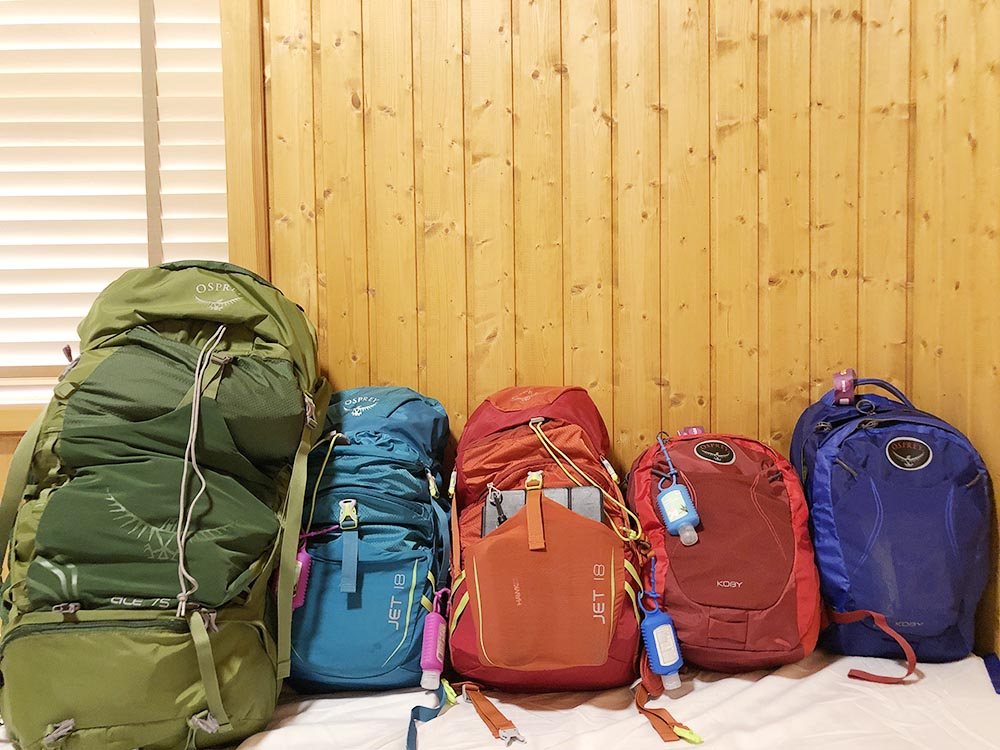
Only bring what you need. This will make your life so much easier while traveling and allow you to use public transportation with ease. This is a great list of zero waste travel essentials.
Also, be mindful of any chemicals that you may be bringing to a destination. This is especially important with vacation hot spots like Hawaii where you’ll be spending a lot of time in the ocean. Be sure to pack reef-safe sunscreen to protect the ocean’s vital ecosystems.
8. Eat Less Meat
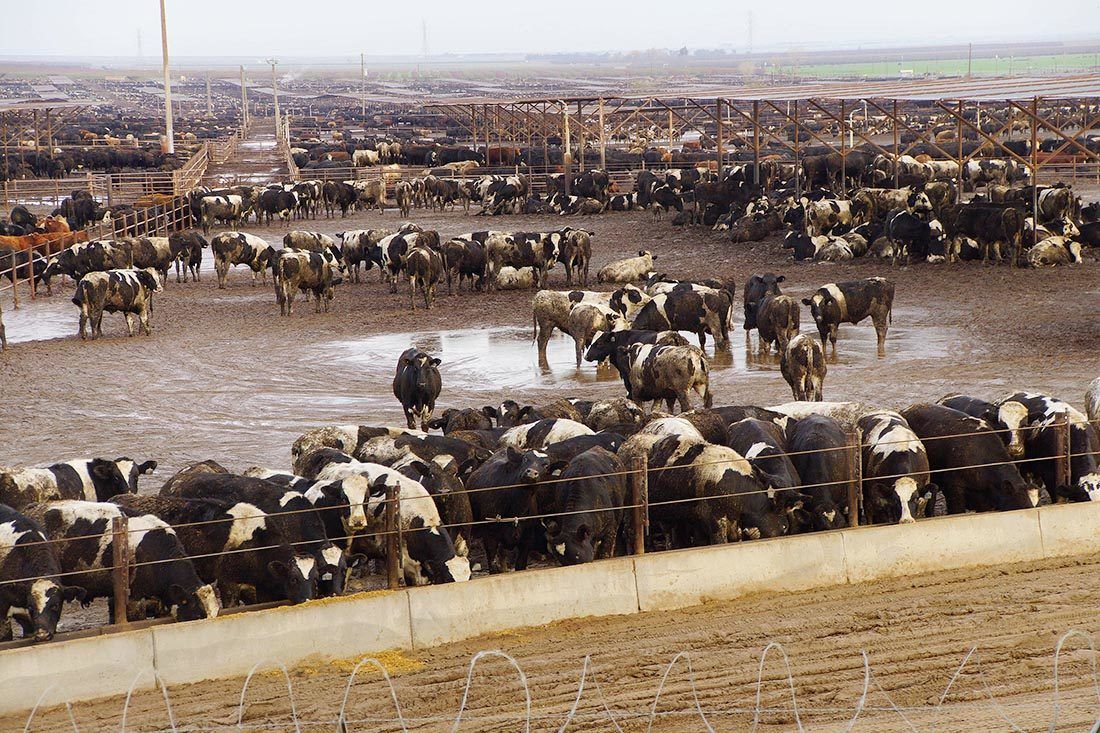
You may not know this, I didn’t until recently, but going vegetarian is one of the best things that we can do for the environment! It’s not only good for our bodies but reduces methane emissions and land clearing for livestock use.
9. Use Public Transportation When Possible
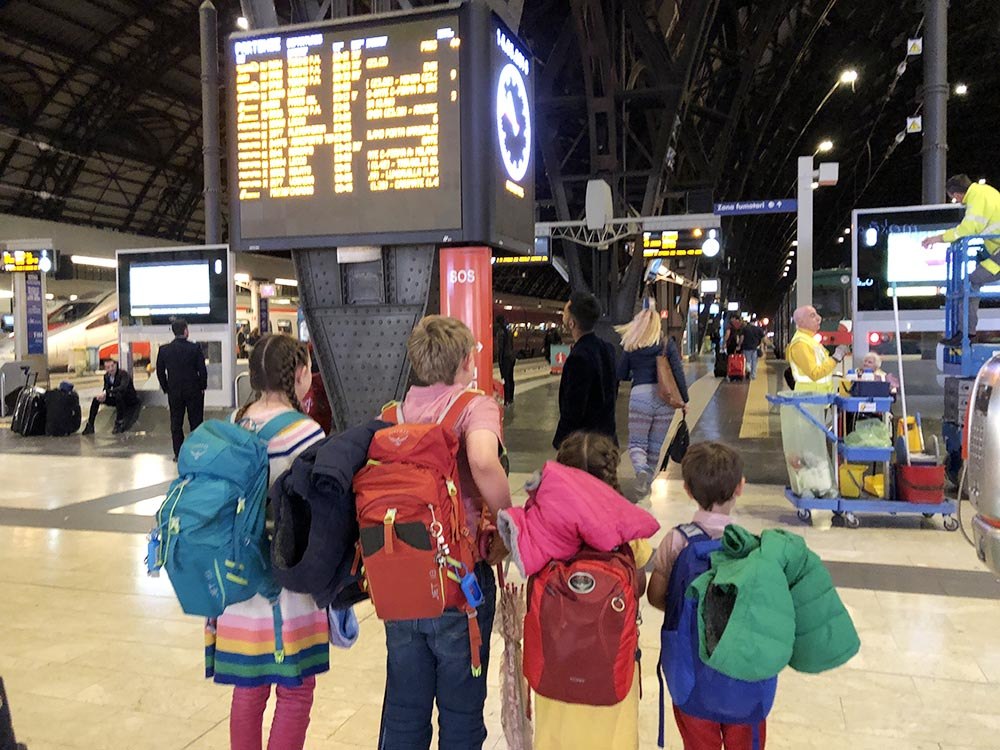
This can be a tough one in many destinations, but when possible use economical and environmentally friendly public transit options like trains. I spend 4 months backpacking around Italy with my kids using trains almost exclusively. It was actually great!
10. Be Intentional About Souvenirs
Try to choose souvenirs that you and your loved ones will actually use or treasure, not something made from plastic that will be thrown away the next time you move.
Even better, go for something consumable like local chocolates, spices, or oils.
Check the labels to see that it’s actually a product made in that destination. For example, most of the shell souvenirs you find in Hawaii are made in the Philippines. Go to local markets and find a way to support local artists or craftspeople.
11. Have Respect
R-E-S-P-E-C-T Respect the Culture and Habitat – What Activities Will You Participate In?

Study up on local customs and manners before you visit another country. Avoid taking pictures of locals without asking for permission first. It’s respectful to learn a few important words in the language of the country you’re visiting, and will greatly benefit you when you have questions.
Try to buy locally made items if you purchase souvenirs. Many vendors sell mass-produced items made in another country.
Avoid participating in activities that exploit animals, like riding elephants, drinking civet coffee or even taking selfies with tigers, a common tourist activity in Thailand.
Exercise that same sensitivity when visiting religious or sacred sites. The World Travel and Tourism Council says that even if it’s permissible to take part in an activity, your actions should align with those for whom the site holds a deep significance.
The keyword for all of these things is respect: for the natural environment, the location and the local people who live there.
12. Talk About Sustainable Travel
Possibly the most important thing we can do as sustainable travelers ourselves is to talk about how we are traveling sustainably, what our struggles are, and how we can help ourselves and others to be more mindful when we travel.
Don’t be critical of others not yet traveling sustainably. We can and should lead by example!
Share your stories, efforts, and struggles with your friends and family, and on social media.
If you see a company, hotel, or organization making concerted efforts towards sustainable travel, tell them “thank you” and continue to give them your support.
Practical Tips for Booking your Trip
Book Your Flights and Car
Find a budget airlines by using Skyscanner. This is my favorite way to search for flights because they crawl websites and airlines around the globe, so you always know you’re getting the best deal. Learn more tips for finding the best flight deals here.
For cars, I like to use Rental Cars because they have good filters and its easy to search for multiple companies.
Book Your Accommodation
My preferred way to stay around the world is VRBO. I find it usually gives you a unique local experience in any destination. If you want to stay in a hotel, use Booking, as it consistently gives the cheapest rates for guesthouses and hotels. I use them both all the time.
Always Get Travel Insurance
Travel insurance protects you and your family against illness, injury, theft, and cancellations. It’s peace of mind in case anything goes wrong. I never travel without it. I’ve been using World Nomads for the last few years and love how easy it is to use. I have also used Allianz. Compare rates to see which is best for the coverage you need.
Looking for ways to save money on travel?
Check out my resource page for the companies I use for traveling! I share everything I use to save me time and money.

xo
Vanessa
This was written together with Sam Reed, a content writer at PTAC4Less, an online retailer of new and refurbished PTACs, along with a full range of parts and accessories.

